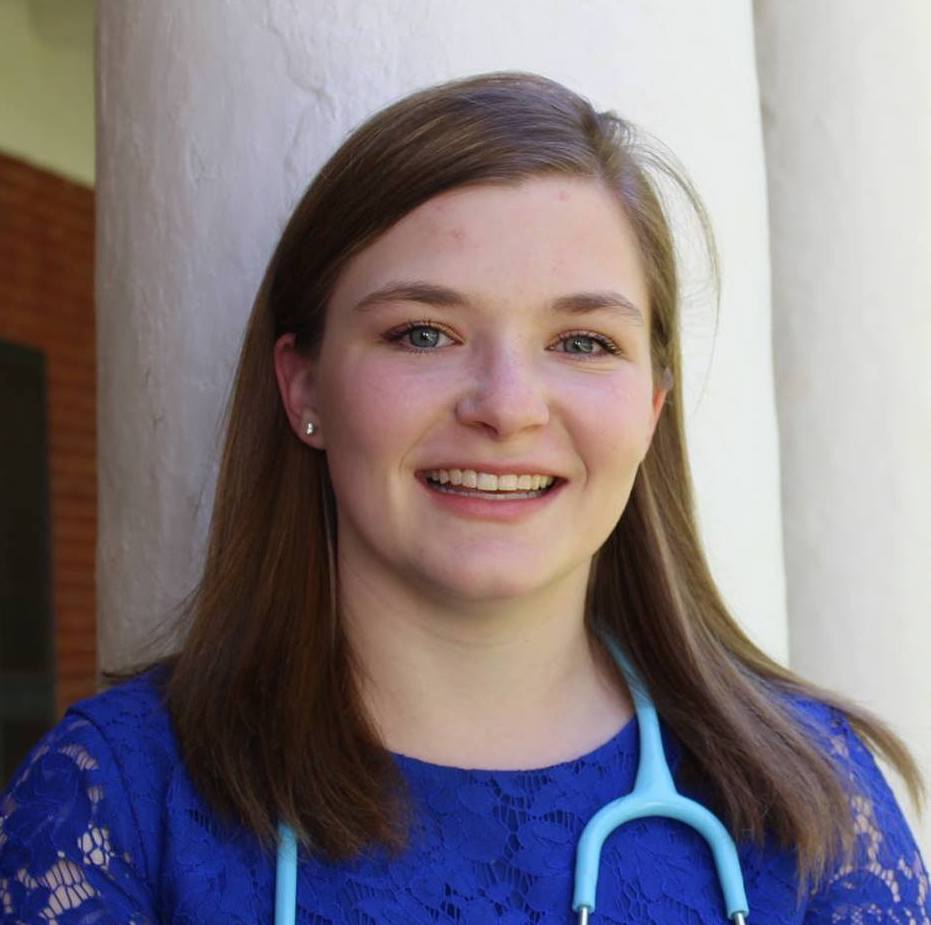Module 2 - Benefits of Implementing CGM in Clinical Practice
Launch Date:
May 11, 2022
May 11, 2022
Primary Audience:
Healthcare professionals who treat patients with diabetes, including endocrinologists, internists, primary care physicians, pediatricians, obstetricians, and advanced practice providers
Relevant Terms:
Type 1 diabetes, type 2 diabetes, CGM, A1C, AGP report, analytics, time in range, insurance, diabetes technology, barriers
This module summarizes the benefits of CGM use in patients with diabetes, provides additional insight into the use and interpretation of CGM metrics for diabetes management, and provides practical tips for the use of CGM in patients with diabetes.
Viral Shah, MD
Associate Professor of Medicine and Pediatrics
Barbara Davis Center for Diabetes
University of Colorado
Aurora, Colorado
 Dr. Shah is an Associate Professor at the Barbara Davis Center for Diabetes, University of Colorado Anschutz Medical Campus. His research is focused on improving glycemic control and reducing complications, with special interest in fracture prevention, in people with type 1 diabetes.
Dr. Shah is an Associate Professor at the Barbara Davis Center for Diabetes, University of Colorado Anschutz Medical Campus. His research is focused on improving glycemic control and reducing complications, with special interest in fracture prevention, in people with type 1 diabetes.Dr. Shah has been the PI for many clinical trials of diabetes technologies and therapeutics. He has been a part of landmark research such as REPLACE-BG, WISDM, Artificial pancreas Cambridge (ApCam), Omnipod 5 HCL, and Dexcom G6 pivotal that led to FDA approval of newer devices and changed the type 1 diabetes management. Moreover, his interest in understanding the effect of diabetes on bone fragility had led to two NIH-funded studies investigating effect of long-standing T1D on bone tissue material properties and factors affecting bone density, bone mechanical properties in adults with type 1 diabetes.
Dr. Shah has served on many leadership positions such as steering committee member for T1D Exchange Clinic Registry (2016-2017), Communication director for diabetes technology interest group at the American Diabetes Association (2019-2020), Ad hoc member of 79th AD annual meeting planning subcommittee for Diabetes Technology (2019), and American College of Endocrinology Self-Assessment Program writing committee member (2020-2022). He is a recipient of prestigious AACE Rising Start in Endocrinology award (2021).
He serves as the Editor-in-Chief for Clinical Diabetology and Senior Editor for the Endocrine Connections. He is well published with over 100 research publications including original article, invited reviews, editorials, and book chapters.
Elyse Marriner BSN, RN, CDCES
Registered Nurse
Endocrinology Pantops
University Physicians Group
Charlottesville, Virginia
 Elyse Marriner grew up in West Chester, Pennsylvania, and graduated from the University of Virginia with a Bachelor of Science in Nursing. She then moved to Charlottesville, Virginia permanently to start her nursing career on the Acute Care floor at UVA Children’s hospital.
Elyse Marriner grew up in West Chester, Pennsylvania, and graduated from the University of Virginia with a Bachelor of Science in Nursing. She then moved to Charlottesville, Virginia permanently to start her nursing career on the Acute Care floor at UVA Children’s hospital.In 2018, she helped lay the foundation for the Advanced Diabetes Management clinic at UVA, a clinic designed specifically to help patients with diabetes utilize and access technology such as insulin pumps and continuous glucose monitors. Here, she gained the knowledge and experience to become a Care and Diabetes Education Specialist and insulin pump trainer. She is always looking for opportunities for professional development and has participated in many different educational programs, ranging from local lectures to students to presentations to providers regarding the role of technology in diabetes management.
She recently returned to UVA Children’s hospital, and can be found doing what she loves best: teaching coping skills to families of children newly diagnosed with diabetes.
Elyse is associated with the University of Virginia Medical Center.
1.
Summarize the benefits of CGM regarding reducing postprandial hyperglycemia, increasing time in range, improving A1C, and reducing hypoglycemia risk
